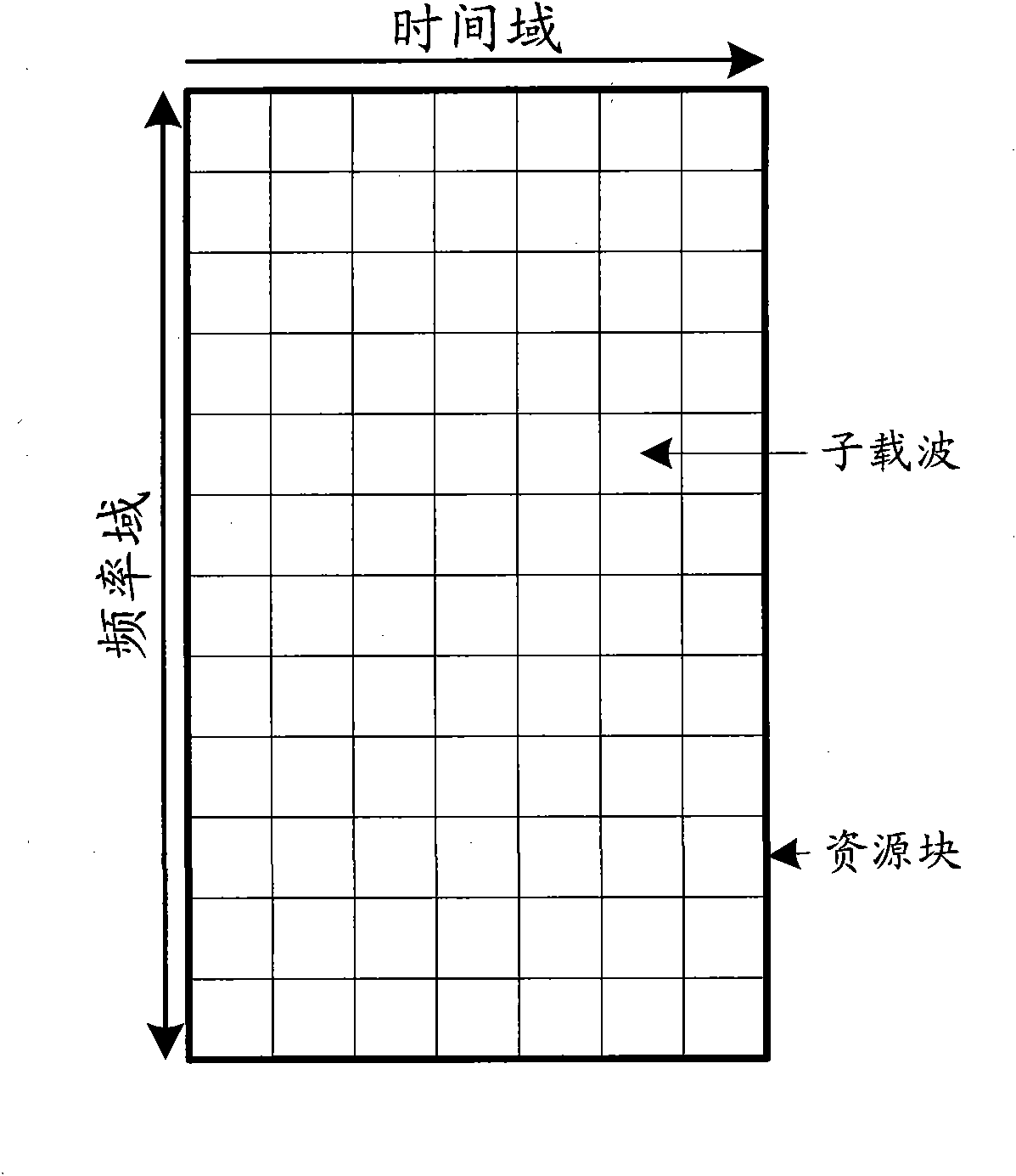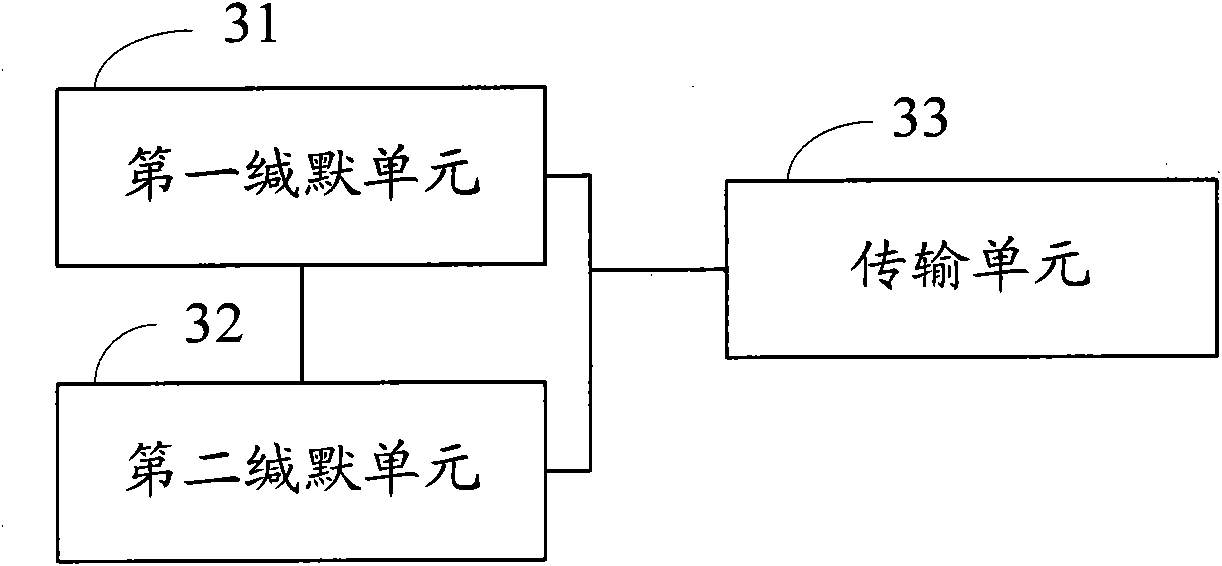Allocation method and device of dynamic subframes in time division duplexing system
A technology of time division duplex system and dynamic subframe, which is applied to the separation device of transmission path, signaling allocation, transmission system, etc., can solve the problems of inability to measure, waste of downlink resources, and waste of uplink resources at the base station side, and achieves the improvement of frequency spectrum. The effect of utilization
- Summary
- Abstract
- Description
- Claims
- Application Information
AI Technical Summary
Problems solved by technology
Method used
Image
Examples
example 1
[0050]In this embodiment, the TDD system includes 3 cells, which are cell 1 (Cell_1), cell 2 (Cell_2), and cell 3 (Cell_3), and the initial uplink and downlink subframe configurations of Cell_1, Cell_2, and Cell_3 all use the table The uplink and downlink subframe configuration 0 in 1, after that, Cell_2 switches to uplink and downlink subframe configuration 1 due to more downlink traffic, and Cell_3 also switches to uplink and downlink subframe configuration 2 because of more downlink traffic than Cell_2, However, Cell_1 still adopts uplink and downlink subframe configuration 0.
[0051] In this embodiment, according to Table 1, after switching, such as Figure 4 as shown, Indicates that subframes #3 and #8 of Cell_1 and Cell_2 are still uplink subframes, Indicates that the subframes #3 and #8 of Cell_3 are converted into downlink subframes. In this way, interference will occur between Cell_1 and Cell_3, and between Cell_2 and Cell_3 on subframes #3 and #8. In order to el...
example 2
[0058] In this embodiment, the initial uplink and downlink subframe configurations of Cell_1, Cell_2, and Cell_3 in the TDD system are configured as the uplink and downlink subframe configuration 2 in Table 1. Afterwards, due to the increase of uplink services in Cell_2, the uplink and downlink subframe configuration of Cell_2 Switched to uplink and downlink subframe configuration 1 in Table 1. Since the uplink traffic in Cell_3 has increased more, the uplink and downlink subframe configuration of Cell_3 will be switched to uplink and downlink subframe configuration 0 in Table 1, while Cell_1 still uses uplink and downlink subframe configuration Subframe configuration 2.
[0059] After switching, as in Figure 5 as shown, Indicates that subframes #3 and #8 of Cell_1 are still downlink subframes, Indicates that the subframes #3 and #8 of Cell_2 and Cell_3 are converted into uplink subframes, so that interference will occur between Cell_1 and Cell_2, and between Cell_1 and C...
example 3
[0064] For the scenario of the second embodiment above, the method of this embodiment may also be used to reduce the interference between the three cells Cell_1, Cell_2, and Cell_3 due to different configurations of uplink and downlink subframes.
[0065] For the interference existing on subframes #3 and #8, the following methods can be used: Image 6 , Figure 7 , Figure 8 The three methods shown eliminate, specifically:
[0066] like Image 6 As shown, on Cell_3 subframes #3 and #8, the resources other than the control domain in the first time slot in the set bandwidth and the resources in the second time slot in the set bandwidth are silenced, as shown in Image 6 middle corresponding resources And, mute some resources in Cell_1 and Cell_2 subframes #3 and #8 corresponding to the unmuted resources in the Cell_3 subframes #3 and #8, as Image 6 middle corresponding resources and resources in, Indicates the mute resource corresponding to the unmuted control d...
PUM
 Login to View More
Login to View More Abstract
Description
Claims
Application Information
 Login to View More
Login to View More - R&D
- Intellectual Property
- Life Sciences
- Materials
- Tech Scout
- Unparalleled Data Quality
- Higher Quality Content
- 60% Fewer Hallucinations
Browse by: Latest US Patents, China's latest patents, Technical Efficacy Thesaurus, Application Domain, Technology Topic, Popular Technical Reports.
© 2025 PatSnap. All rights reserved.Legal|Privacy policy|Modern Slavery Act Transparency Statement|Sitemap|About US| Contact US: help@patsnap.com



